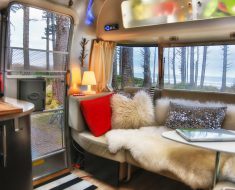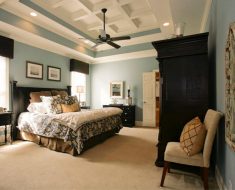Going into the wilderness with a backpack and a sleeping bag is quite a nice way to experience outdoor life. But if you also wish to have modern day comforts by your side, you are going to need a campervan. The vehicle should provide you with excellent support for the duration of the trip, it would be your mobile home. Down below is a detailed guide on how to logically plan your campervan layout along with various associated issues. Take a good look at it and you should be able to come up with your own campervan design. You don’t have to strictly follow the information down below, feel free to make changes whenever you need to.
Camping Considerations And Vehicle Criterions
There are many things you should think about before making the purchase such as budget, vehicle dimension, part availability, etc. For example, don’t spend all of your money on the van alone, save some for possible maintenances and repairs. Large vehicles often have more interior space but also tricky to maneuver and cost lots of money in operating expense.
A Comprehensive Summary Of Vehicle Types
-
Panel Van
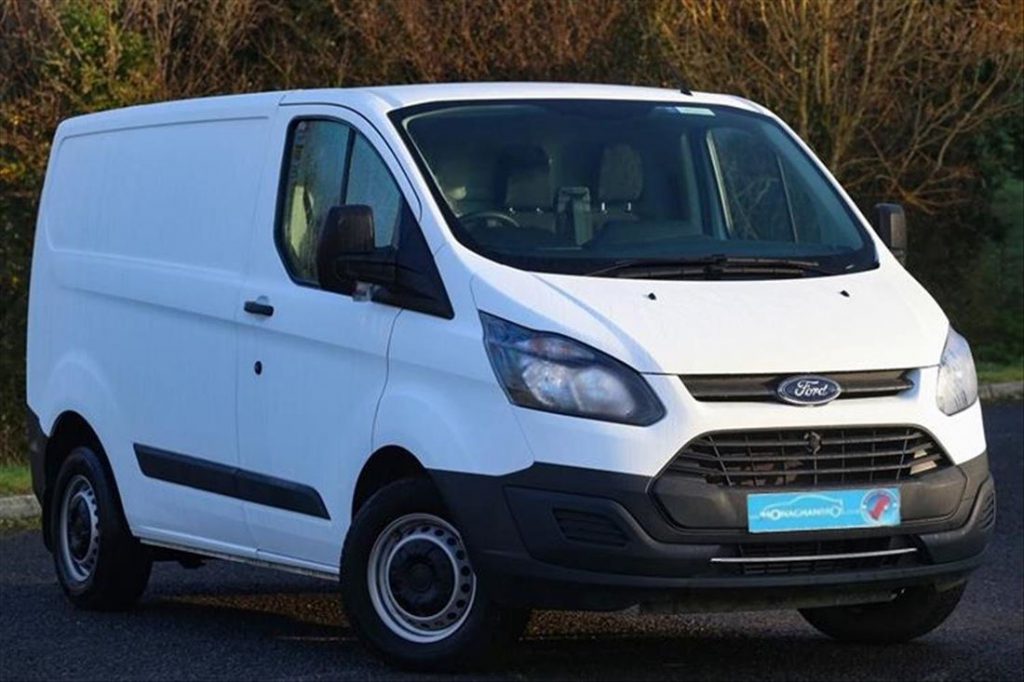
Panel Vans like Ford Transit, Mercedes Sprinter, Iveco Daily and so on are very popular due to their generous space. The spacious interior and affordable price of these robust vehicles make them ideal for medium to large campervan conversion. Spare parts are easy to find and cheap to obtain so you have nothing to worry about long-term operations.
The recent explosion in the courier business means there should be plenty of used Panel Vans for you to choose. Vehicles from courier services often have a long history but they tend to come with a reliable full-service history. On the other hand, ignore Panel Vans used by building companies since they are usually not in a good shape.
-
Car Derived Van
Essentially an ordinary car with a van like back area, Car Derived Vans are compact, affordable and simple to drive. These vehicles have a rather limited interior so they are only suitable for short duration camping such as weekend trips. Popular models in the category include Nissan Vanette., Citroen Jumpy, Fiat Scudom, Peugeot Expert and more, all have unique characteristics.
Car Derived Vans have a smaller rear area compared to VW Transporter so you have to plan the layout carefully. They could accommodate 1 or 2 campers without any notable inconveniences, especially on holidays when you are able to spend time outdoors. In the case you want to have an extended camping trip with lots of people, you probably should look elsewhere.
-
Mini Bus
Come with windows already fitted, Mini Bus is an ideal base for campervan if you want lots of light. Some of the Mini Bus models even have enough interior space to comfortably support sizable camping party for many days. Mini Bus also possesses plenty of seats, you could either remove them or use the seat to make a dinette.
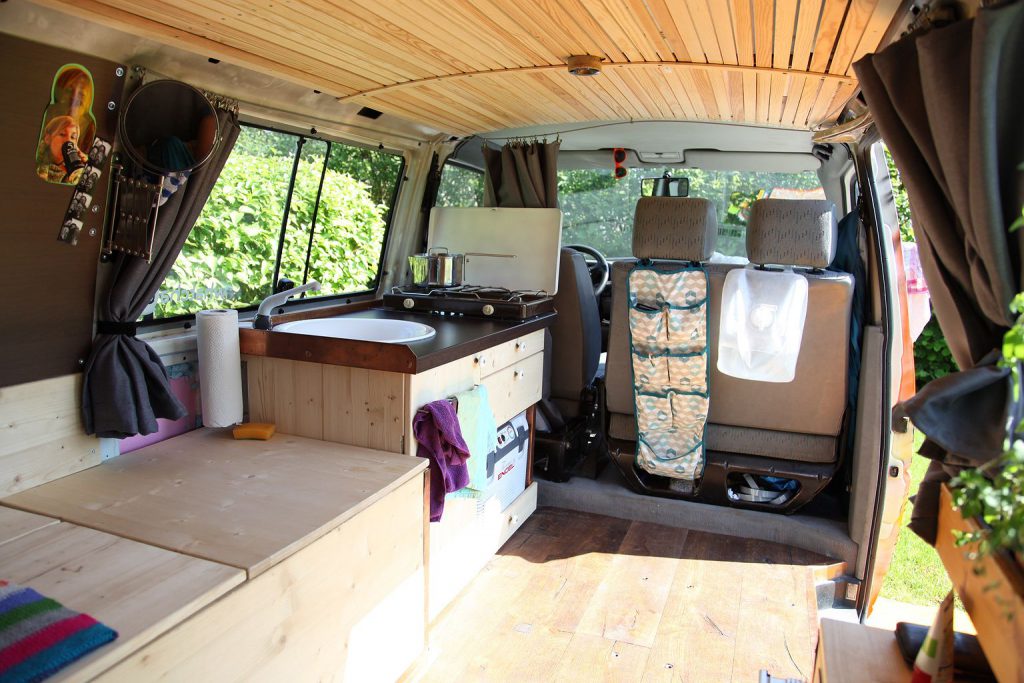
As a whole, a Mini Bus should save you a lot of hassle when you use it as the base. It offers you a high level of flexibility while remaining fairly simple to work with and use common vehicle components. Since Mini Bus is a forgiving vehicle, you could drive it around as long as you have a car license
-
Luton Box Van
Should space is your concern then you would like to use a Luton Box Van for the campervan base. It’s pretty much a pickup chassis with a box mounted on top, the box is usually made from fiberglass. Because the box has limited ability to retain heat on its own, your first task should be to insulate it.
Lots of light come through the opaque ceiling, you could attempt to add additional windows but that could be tricky. The thin wall of the box makes them hard to work with though certain modern designs could have thicker walls. For most of the time, Luton Box Van has an excellent width which permits you to set up permanent beds.
How To Logically Plan Your Campervan Layout
-
Beds (permanent and portable)
Consider the frame dimension and the beds carefully so the beds could fit the van interior without hindering people movement. The beds cushion should have a minimum thickness of 4 inches so as to deliver effective back support and relief.
-
Toilet (permanent and portable)
Needless to say, the toilet must be set up in a manner that offers acceptable hygiene level and doesn’t smell. A permanent toilet system requires tanks, plumbing and venting while portable ones are much more convenient to deploy and use.
-
Cooking And Dining
You could set up the dinette at the front, middle or rear area, it’s up to you to decide. You could even combine the sleeping and dining area together by using the tabletop as the support for your bed.
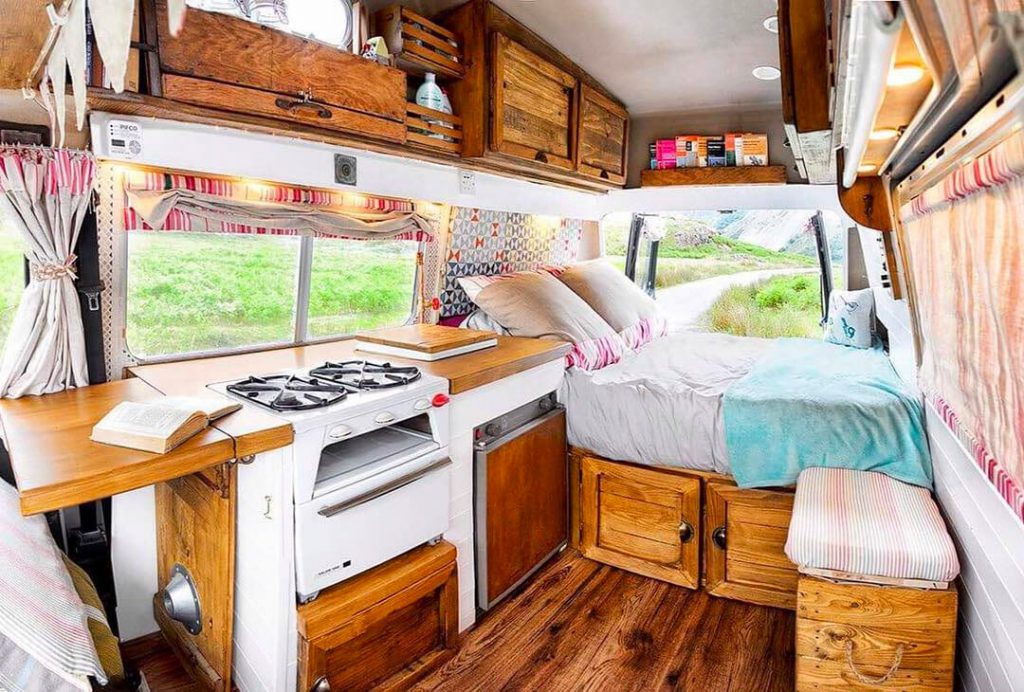
-
Storage Space
Getting cabinets with drawers to contain your clothes, dishes, kitchen utensil, cooking supplies and alike is not a bad idea. Nonetheless, you should also consider getting a couple of lightweight racks and wire mesh hangers to conserve space and money.
-
Water, Electric And Gas
Water and gas tanks are heavy plus they require dedicate mountings so you need to think about their position carefully. The same can be said about the batteries that are responsible for supplying your electric appliances and facilities with juice.
Conclusion
And that is pretty much it, not too hard to understand, right? It’s indeed tricky to choose the base and arrange the interior of your campervan when you are inexperienced. But as long as you know how to logically plan your campervan layout, everything becomes rather simple.
